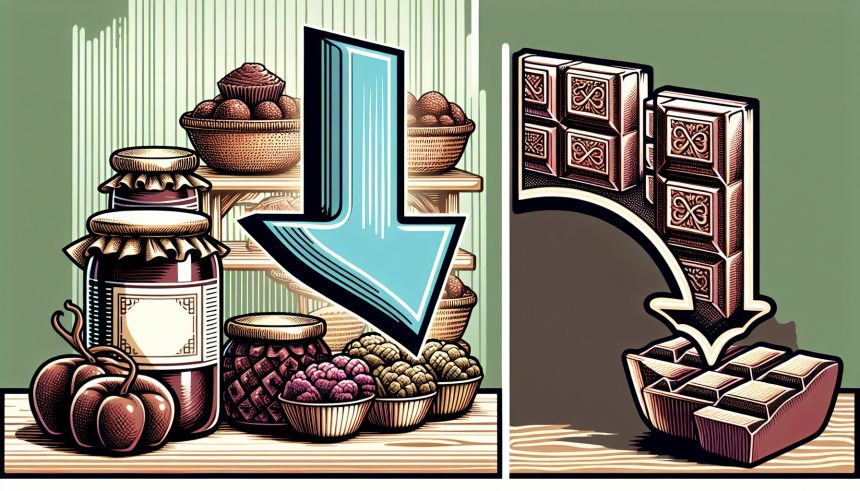The latest data reveals a decline in the costs for chocolate and jam, likely contributing to a potential fall in the food inflation rate. This price decrease allows consumers to enjoy these treats more affordably and retailers to potentially see an increase in their sales. However, experts advise monitoring these trends to understand the market regularly.
This price reduction brings temporary relief for customers with financial strains. The lowering of prices means improved affordability and increased purchasing power for many households, although this relief might be temporary if it’s due to seasonal trends.
Short-term benefits are clear, yet understanding market fluctuations is crucial for effective budgeting. Though consumers could benefit from these current price drops, planning for future potential increases by considering cost-effective alternatives or a flexible budget is also important.
The decrease in costs for chocolate and jam is primarily due to a significant reduction in raw material expenses for items like sugar and improvements in production methods.
Price decline in chocolate and jam impacting food inflation
The market fluctuations have led to a drop in sugar prices and enhancements in production technologies have made manufacturing processes more efficient and cheaper.
The Food and Agriculture Organization of the United Nations reports a fall in the global food price index in February, with reductions in items like chocolate and jam contributing to the decline, primarily due to decreased prices in vegetable oils and sugar, as well as dairy. These changes are temporary and could shift based on environmental factors and market demand.
While lowering prices for certain goods is encouraging, challenges such as fluctuating currency exchange rates, unpredictable weather impacting crop production, and shifts in global food supply/demand still present significant issues with overall food prices. Eventual surges and decreases in food prices impact the cost of food imported from all over the world.
The decreased costs for sugar-based items provide a bit of hope in the broader issue of rising food prices and highlight the need for effective strategies to control the global food market. Possible solutions include encouraging local production of essential commodities, implementing price controls, or promoting fair agricultural trade policies.
Sustained efforts from everyone from policymakers to consumers are needed to make a significant impact on the global food market. The smaller reductions in prices for typical grocery items, like chocolate and jam, can have significant implications on the economy overall, possibly indicating a larger victory against rising living costs in the future.







